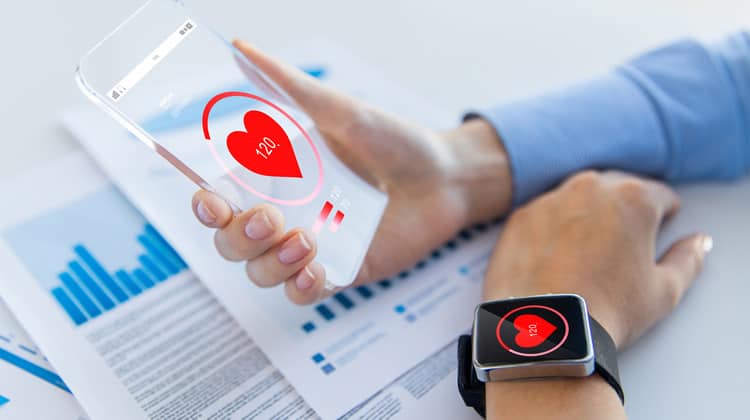
The technology that we create has only one sole purpose: to improve our lives. Whether the technology is as simple as a light bulb or as complicated as mind-controlled prosthetics, technology aims to make life easier, and wearable technology helps us keep in touch with these benefits throughout the day. This article celebrates wearable technology and outlines 4 ways on how it can help improve our life.
1. Wearable Technology Keeps Us Fit
As far as wearable gadgets go, some of the most-used technologies aim to make users healthier in their day-to-day life. In fact, 71 percent of Americans say that wearable technology has improved their health.
One of today’s top health-oriented wearable gadgets is the FitBit Flex. The bracelet comes with many monitoring features to help you create goals and improve your fitness. Track your activity levels, your sleep cycle, and your nutrient intake while checking your progress and making goals. By tracking your steps, calories, or the distance you travel during a day, the FitBit keeps tabs on your physical activity. It also keeps track of your calories burned.
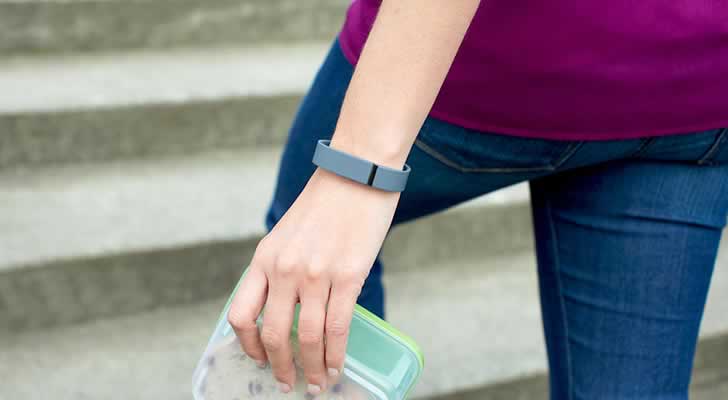
The bracelet has the unique ability to detect when you are in a lighter sleep cycle, and then starts to wake you by gently vibrating during this sleep cycle, within a certain time of your morning alarm. Plus, the FitBit syncs with your smartphone so you can view graphs and data from your device. Since gadgets and apps like this tend to use a lot of mobile data, it’s a good idea to have wireless Internet at home to cut the amount of data you use. There are of course several providers for high speed cable Internet access. To search for high speed internet providers in your area, you can use websites such as HighSpeedInternetProviders.com
Another interesting device is the Lumo Back – a device which can track sleep movement and posture.
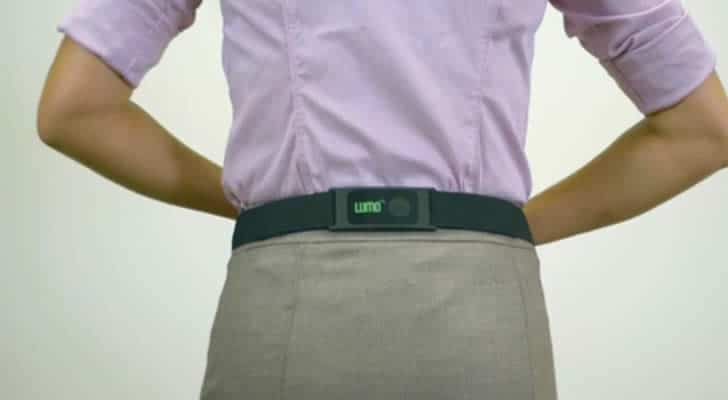
The future looks bright too. Thimble Bioelectronics are currently developing a wearable pain relief patch which is able to send electric currents to chronic pain spots. This literally means that we will soon be treating pain in the same way that we treat a cut by putting on a bandage on it and letting it heal.
Another interesting development is in the area of swallowable sensors. One such sensor developed by Proteus Health makes use of an Ingestion Event Marker which is a tiny chip embedded in a pill that reacts with stomach fluid to send a time-stamped identification signal. This signal is then picked by a special patch that is worn by the person and transmitted to a smartphone app. In this way, this person would be able to know his/her heart rate, body position and activity level.
2. Wearable Technology Saves Lives
While eating right and staying fit is an important part of your health, there are other wearable technologies that are even more crucial to your health and can even save your life. For example, many elderly patients now wear heart monitors and GPS location devices that alert caregivers when something is wrong or when they’ve wandered off. Certain types of wearable Remote Patient Monitoring devices can even alert caregivers when the person falls. This device allows patients to maintain independence, prevent complications, and minimize personal costs.
Another interesting device is the LifeShirt. This device is essentially a garment that contains sensors which monitor the vital signs and 30 other important biometric readings of chronically ill, elderly, cardiac and other patients who are suffering from life-threatening ilnesses.
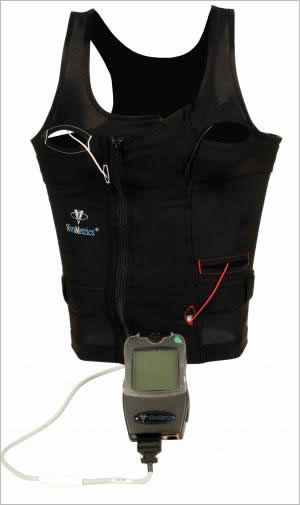
3. Wearable Technology Keeps Us Safer
Today, people are constantly connected to their devices, where the average smartphone user checks their phone 34 times a day. With people constantly looking at their devices on-the-go, things can get dangerous, such as when walking or driving.
Instead, devices such as Bluetooth headsets allow you to talk on the phone hands-free while still focusing on the tasks in front of you. What’s more, newer technology like Google Glass allows you to stay connected to your phone, email, and applications without ever taking your eyes off where you’re headed. By using voice commands instead of your hands, you can focus on the road or sidewalk while still consuming digital information.
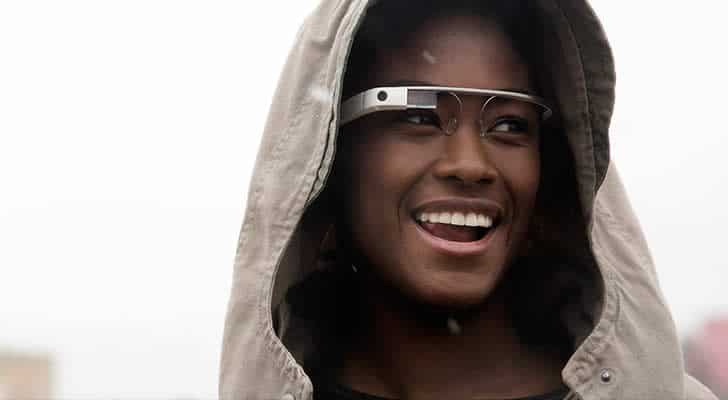
4. Wearable Technology Makes Things Fun
Wearable technology doesn’t only make things easier and improve our health, but these devices can make life more interesting and fun. From refrigerated shirts to colour-changing scarfs that matches all outfits, we already have our fair share of wearable technology that exists to make things fun.
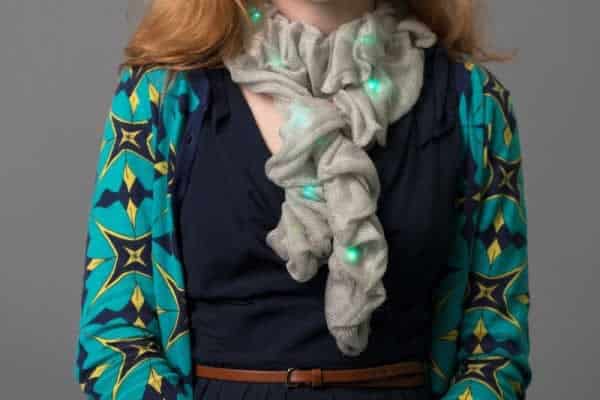
But wearable technology does not stop at clothing accessories. It has branched out to the intimate category. The Durex Fundawear, which is still in the experimental state, is a vibrating pair of undies that allows couples to control the others’ garments over the Internet. Many people have said that this is the new form of phone sex, and others call it the “future of foreplay.” Surely a bit of fun and excitement, especially in a long-distance relationship, can easily improve your life.
The Future of Wearable Technology
After reading about these amazing developments, one can easily get carried away. However, we need to truly evaluate the real need for wearable technology. In a truly interesting article entitled “The Paradox of Wearable Technologies“, Don Norman argues that most wearable technology is being developed simply because it can be done. Indeed, several users still aren’t quite sure about wearable technology and whether they want to walk around with devices strapped to them all day. Then again, it is clear that done right, wearable technology such as the one behind the devices discussed in this article can indeed offer a number of advantages.
Want to learn more?
If you’d like to become an expert in UX Design, Design Thinking, UI Design, or another related design topic, then consider to take an online UX course from the Interaction Design Foundation. For example, Design Thinking, Become a UX Designer from Scratch, Conducting Usability Testing or User Research – Methods and Best Practices. Good luck on your learning journey!
(Lead image: Depositphotos)
